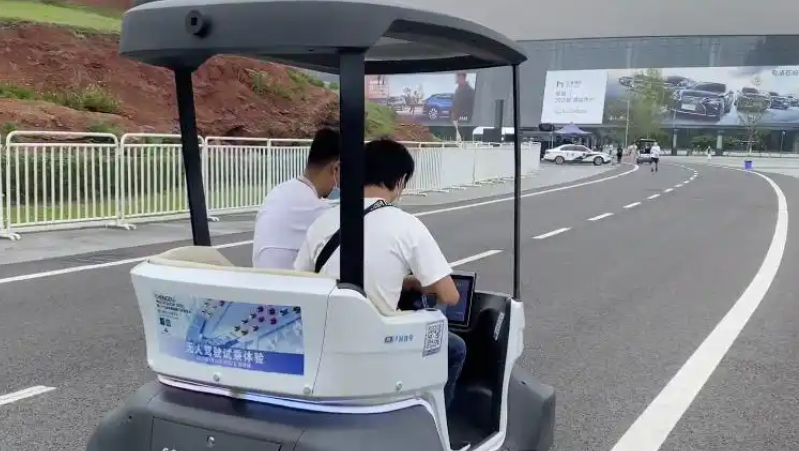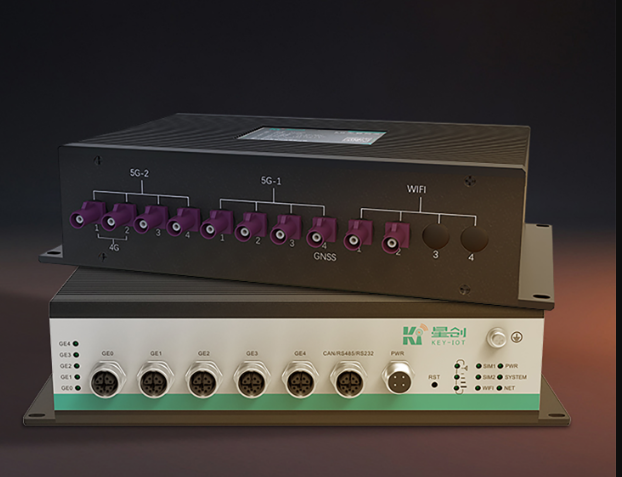SEARCH
— 葡萄酒 | 威士忌 | 白兰地 | 啤酒 —
— 葡萄酒 | 威士忌 | 白兰地 | 啤酒 —

On busy city streets, an autonomous vehicle navigates with elegance, its movements fluid and precise, as if guided by an invisible force. This isn’t science fiction, but reality made possible by low-latency, high-reliability technology.
5G network is key to achieving low latency in autonomous driving. It provides ultra-low millisecond-level latency and data transmission speeds up to 10Gbps, allowing vehicles to receive and process information from their surroundings in real-time . This rapid information exchange is the foundation for the safe operation of autonomous vehicles.
Edge computing technology moves data processing tasks from the cloud to locations closer to the data source, such as the autonomous vehicle itself or nearby base stations. This reduces the distance of data transmission, further lowering latency, ensuring immediacy and accuracy in decision-making.

AI algorithms are the brain of autonomous vehicles, capable of learning and simulating human driver behavior. Through deep learning and machine learning, these algorithms can predict traffic flow, identify obstacles, and react quickly, thereby reducing latency and improving driving safety.
V2X technology enables vehicles to communicate not only with the internet but also with other vehicles (V2V), pedestrians (V2P), and infrastructure (V2I)
. This comprehensive communication network provides autonomous vehicles with a complete perceptual environment, greatly improving driving reliability.
Autonomous vehicles are equipped with multiple sensors like radar, LiDAR, cameras, etc., which continuously capture surrounding information like human eyes
. Through sensor fusion technology, data from these different sources is integrated to provide a more accurate, comprehensive view, ensuring low latency and high reliability.
To ensure failsafe operation, autonomous vehicles employ redundant system design. This means critical components like braking and steering systems have backup options, so the vehicle can continue to operate safely even if the primary system fails

Finally, introducing our industrial gateway specifically designed for low-speed autonomous driving: the SV900 Vehicle Gateway. It’s an IoT wireless industrial edge computing gateway product that integrates 4G/5G network and virtual private network technologies. This device provides uninterrupted multi-network access capabilities through 4G/5G wireless wide area networks and Wi-Fi wireless local area networks, offering users high-speed stable data transmission channels with comprehensive security and wireless service features.
Mo